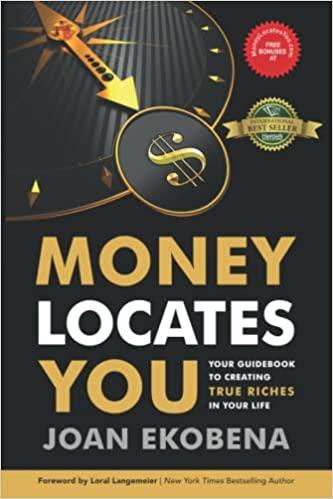Answered step by step
Verified Expert Solution
Question
1 Approved Answer
This is an excel activity please help! Excel Activity: Bond Valuation Clifford Clark is a recent retiree who is interested in investing some of his




This is an excel activity please help!
Excel Activity: Bond Valuation Clifford Clark is a recent retiree who is interested in investing some of his savings in corporate bonds. His financial planner has suggested the following bonds: - Bond A has a 12% annual coupon, matures in 12 years, and has a $1,000 face value. - Bond B has a 9% annual coupon, matures in 12 years, and has a $1,000 face value. - Bond C has a 6% annual coupon, matures in 12 years, and has a $1,000 face value. Each bond has a yield to maturity of 9%. answer is zero, enter " 0 ". Download spreadsheet Bond Valuation-bc7528.xlsx a. Before calculating the prices of the bonds, indicate whether each bond is trading at a premium, at a discount, or at par. Bond A is selling at Bond B is selling at Bond C is selling at a discount because its coupon rate is the going interest rate. the going interest rate. the going interest rate. b. Calculate the price of each of the three bonds. Round your answers to the nearest cent. Price (Bond A): \$ Price (Bond B): \$ Price (Bond C): \$ Current yield (Bond A): % Current yield (Bond B): % Current yield (Bond C): because its coupon rate is greater than D because its coupon rate is equal to because its coupon rate is 10 What is the expected capital gains yield for each bond? What is the expected total return for each bond? Round your answers to two decimal places. years at a call price of $1,050. 1. What is the bond's nominal yield to maturity? Round your answer to two decimal places. % 2. What is the bond's nominal yield to call? Round your answer to two decimal places. % 3. If Mr. Clark were to purchase this bond, would he be more likely to receive the yield to maturity or yield to call? Explain your answer. Because the YTM is the YTC, Mr. Clark expect the bond to be called. Consequently, he would earn f. Explain briefly the difference between price risk and reinvestment risk. This risk of a decline in bond values due to an increase in interest rates is called The risk of an income decline due to a drop in interest rates is called Which of the following bonds has the most price risk? Which has the most reinvestment risk? - A 1-year bond with a 9% annual coupon - A 5 -year bond with a 9% annual coupon - A 5-year bond with a zero coupon - A 10-year bond with a 9% annual coupon - A 10-year bond with a zero coupon A has the most price risk. A has the most reinvestment risk. Create a graph showing the time path of each bond's value. Choose the correct graph. 1. What is the expected current yield for each bond in each year? Round your answers to two decimal places. 2. What is the expected capital gains yield for each bond in each year? Round your answers to two decimal places. 3. What is the total return for each bond in each year? Round your answers to two decimal placesStep by Step Solution
There are 3 Steps involved in it
Step: 1

Get Instant Access to Expert-Tailored Solutions
See step-by-step solutions with expert insights and AI powered tools for academic success
Step: 2

Step: 3

Ace Your Homework with AI
Get the answers you need in no time with our AI-driven, step-by-step assistance
Get Started


